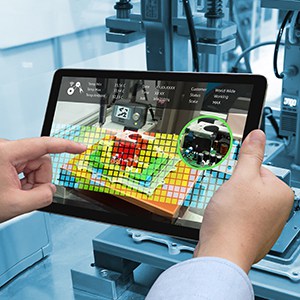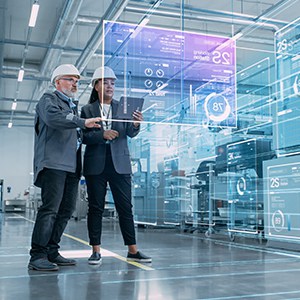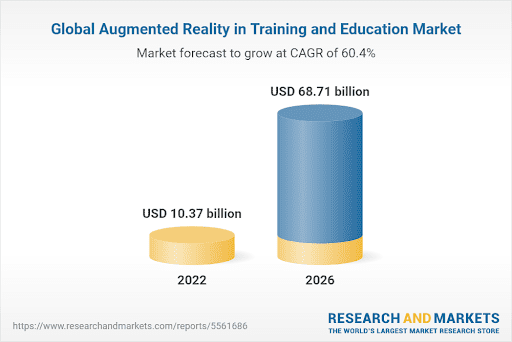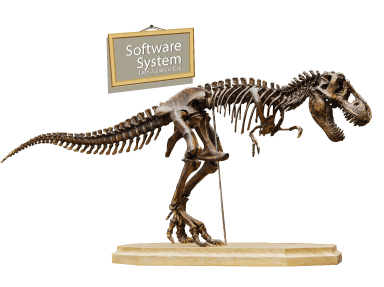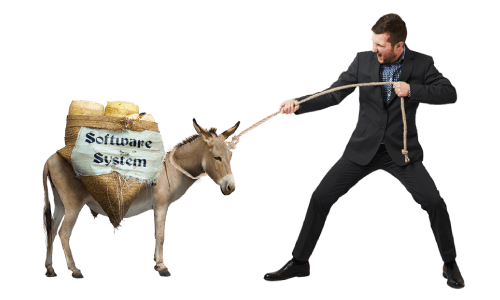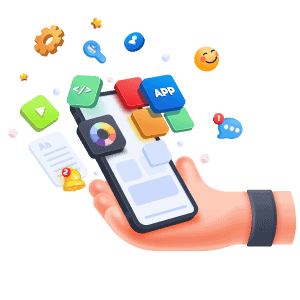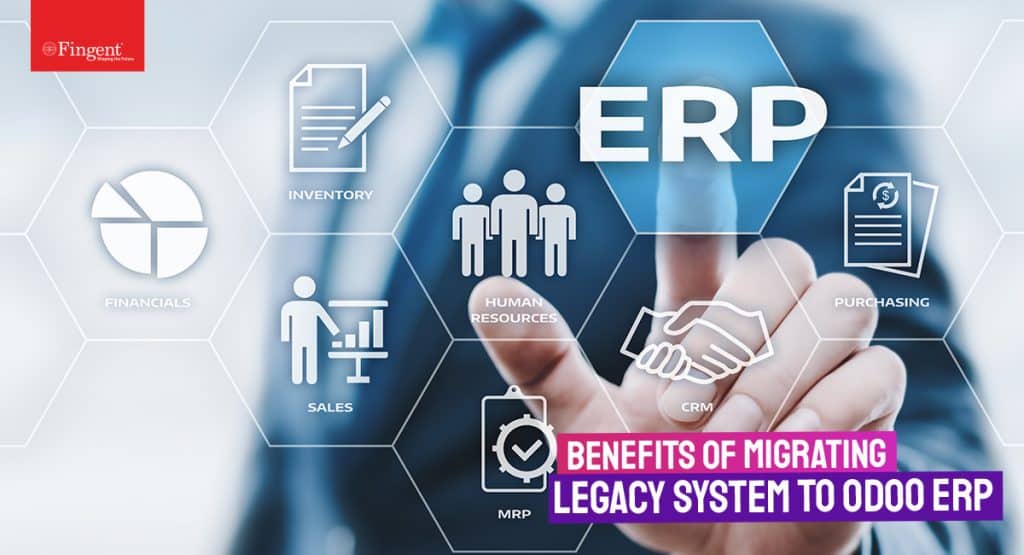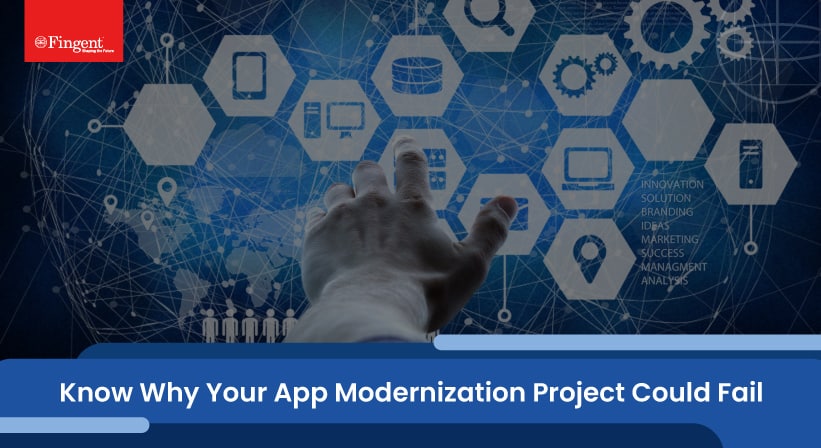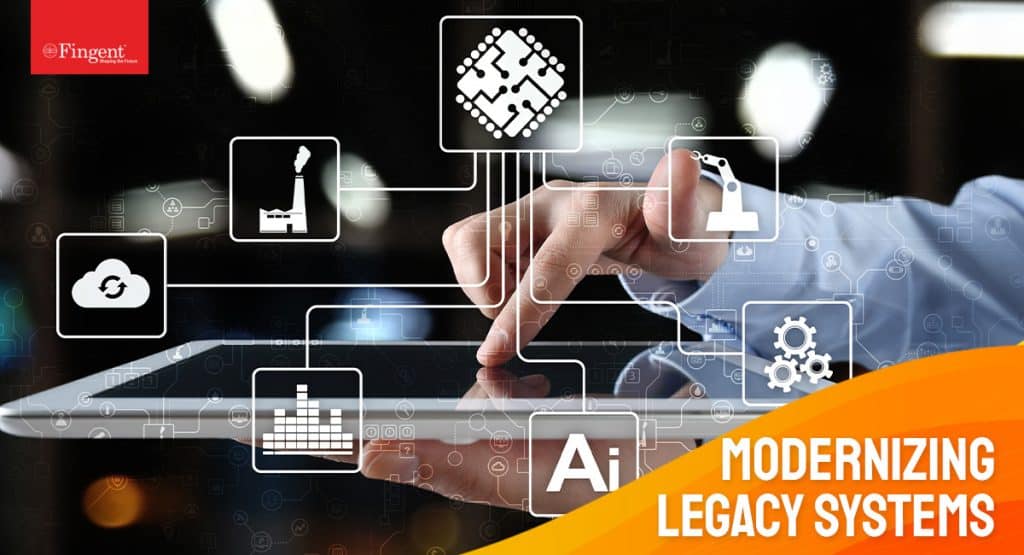Category: Uncategorized
An Offshore Development Center (ODC) is your personal innovation factory full of top talent working tirelessly to bring next-generation solutions to market. Unlike an outsourced team, an offshore software development center is your enterprise. The right ODC is just what you need to supercharge your business like never before, be it AI wizards, cloud experts, or a full-scale development team. Let’s look at Offshore Software Development benefits, trends, and more. But before that, let’s examine why ODCs are gaining traction.
Why Are ODCs Hot Right Now?
Simple. The old-school approach of hiring in-house teams for everything is starting to crack under pressure. Talent shortages, skyrocketing salaries, and hiring cycles that take longer than a monsoon season – these are real headaches. Instead, businesses are tapping into global talent pools, snapping up highly skilled developers who can hit the ground running. And having an offshore team isn’t just about cost – it’s a strategic advantage. Offshore software development benefits are uncountable! Need to get into a new market? Your offshore team might already speak the language and understand the local consumer mindset.
Power Your Software Development Efforts With Specialized Expertise Build Your Offshore Team with Fingent!
What Are The Benefits of Offshore Software Development Services?
So, is an offshore software development center just a fancy way to say “outsourcing”? Not quite. While cost savings are a big draw, the offshore software development benefits run deeper. Here’s why companies are making the shift:
- Access to Global Talent – In this “working remotely” world, confining yourself to local talent is a limiting factor. A dedicated offshore development center gives you access to a much broader global talent pool, and you can find specialized skill sets that are either not available locally or have become very scarce. India, for instance, has a significant boom in the population of software developers. India is also projected to surpass the US in the number of software developers by 2027.
- Scalability & Flexibility – Imagine gearing up for a major project and realizing you need double the developers—yesterday. With ODCs, scaling up (or down) is as easy as flipping a switch. No months-long hiring process, no stress.
- Faster Time-to-Market – With ODCs operating across multiple time zones, you can have a ‘follow-the-sun’ development cycle. This iterative model speeds up project timelines, allowing you to deploy and patch faster. The ability to operate 24/7 is a strategic advantage. Especially among industries in which time-to-market is of paramount importance. For example, an offshore team can work on different platforms at the same time. This allows you to ship products faster.
- Cost Efficiency – Let’s talk numbers: A developer in the U.S might cost upwards of $120K per year, while an equally skilled developer in India or Eastern Europe costs a fraction of that. Now multiply those savings across an entire team. Offshore software development can lead to substantial cost savings. Reports indicate that such services can be up to 50% more cost-effective compared to in-house teams.
- Focus on Core Business – You don’t want your top execs wasting time on recruitment and IT issues. A dedicated offshore development center lets you double down on strategy, sales, and customer experience while your development team takes care of the tech.
Offshore Software Development Trends in 2025
The ODC landscape is shifting fast, and companies that stay ahead of the curve will reap the rewards. What’s coming next? Let’s break it down:
- AI is Taking Over (In a Good Way) – AI isn’t just a buzzword anymore; it’s a necessity. From chatbots to predictive analytics, businesses are relying on ODCs to build AI-driven solutions. Why? Because AI talent is hard to find, and offshore teams are loaded with machine learning wizards ready to dive in.
- AR/VR is No Longer Just for Gamers – The metaverse isn’t just a sci-fi concept anymore. Companies in retail, healthcare, and education are betting big on AR/VR, and they’re using ODCs to build these immersive experiences. Want to try on clothes virtually or attend a meeting as a hologram? ODCs are making it happen.
- Growing outsourcing industry – A report from Grand View Research indicates that the worldwide software outsourcing market is expected to attain $937.67 billion by 2027, with an annual growth rate of 7.7%. Major tech companies are utilizing offshore talent. They are acquiring developers from nations like India and Poland, where skilled tech professionals can be employed at 40-60% reduced costs relative to local rates.
- Cross-Platform is the New Norm – Nobody wants to build three separate apps for web, iOS, and Android. The future is all about cross-platform development, and ODCs are leading the charge with frameworks like Flutter and React Native, delivering seamless experiences across devices.
- Multi-Country ODCs for Risk Management—Businesses are spreading their development teams across multiple locations to hedge against risks like political instability, economic downturns, or even natural disasters. A diversified ODC strategy means no single event can shut everything down.
- Cybersecurity-First Development – With data breaches costing companies an average of $4.45 million per incident, security is no longer an afterthought. ODCs have been integrating cybersecurity measures into software since day one because an unsecured app is a disaster waiting to happen.
- Integration of Cloud and IoT – IDC forecasts that global investment in IoT will hit $1.1 trillion by 2026, and it’s almost certain that edge computing will emerge as an essential resource alongside the rise of 5G networks. Conversely, offshore teams are swiftly embracing cloud-native technologies as organizations such as Capgemini enhance development speeds via a mix of AI and cloud-based collaborative tools.
- Specialized Micro-Teams – The era of bloated dev teams is fading. Businesses are now forming streamlined, highly specialized teams to address intricate issues effectively. These groups concentrate on innovative fields such as blockchain, IoT, and financial technology solutions.
Collaborate With Top Tech Talents to Build Smart Solutions
Addressing Challenges in Offshore Software Development (And How to Overcome Them Like a Pro)
Let’s be real—no business model is without its quirks, and offshore development center (ODCs) are no exception. But here’s the good news: Every challenge has a solution, and companies anticipating and tackling these head-ons can unlock massive competitive advantages. So, what are the major hurdles? And how do you clear them? Let’s break it down.
1. Miscommunication – No More “Lost in Translation” Moments
Misunderstandings can occur when working with a team halfway across the world. However, using the right approaches can turn communication roadblocks into communication highways.
How to Fix It:
- Agile Standups: Daily or weekly syncs (even short ones) keep everyone on the same page.
- Clear Documentation: Proper documentation, whether on a Notion board, Confluence, or Google Docs, can reduce misunderstandings.
- Strong Onboarding: From day one, train offshore teams on company culture, brand guidelines, and project expectations.
- Tools Matter: Leverage Slack, Zoom, Jira, or whatever works best to streamline communication.
The Payoff? Fewer “I thought you meant this” moments. Instead, you will enjoy more seamless collaboration and a team that operates like a well-oiled machine—beyond boundaries.
2. Time Zone Differences
Image your in-house team clocking out for the day. And instead of progress grinding to a halt, your offshore team picks up right where they left off. This is the advantage of the “follow-the-sun” model. But without proper coordination, it can turn into a game of email ping-pong with delays at every step.
How to Fix It:
- Overlap Working Hours: Even a 2-4 hour overlap for real-time collaboration makes a big difference.
- Hand-off Culture: End-of-day updates ensure the next team starts work with full context.
- Asynchronous Communication: Not everything needs a meeting. To keep projects moving, use Loom videos, detailed Slack threads, and structured reports.
The Payoff? Instead of time zones being a hurdle, they become an accelerator—letting your business operate round-the-clock without burning out any single team.
3. Data Security Concerns – Locking It Down Like Fort Knox
Handing over sensitive data to an offshore team can feel risky. Security isn’t an afterthought—it’s a must-have.
How to Fix It:
- Strict NDAs & Access Controls: Limit data access to only what’s necessary—no open floodgates.
- ISO & GDPR Compliance: Ensure your offshore team follows international security standards.
- Secure Infrastructure: VPNs, firewalls, encrypted databases—your offshore team should be as secure as your in-house one.
- Regular Security Audits: Set up periodic checks to ensure compliance and identify vulnerabilities before they become disasters.
The Payoff? Peace of mind. Your data stays protected, compliance risks stay low, and your customers (and legal team) stay happy.
4. Cultural Differences – Turning Diversity Into a Strength
In fact, a global team means different working styles, holidays and expectations! Mismanaged, it can lead to clashes and inefficiencies. However, if we embrace it, it can drive innovation like no other.
How to Fix It:
- Cultural Sensitivity Training: A bit of awareness can significantly enhance mutual respect.
- Adaptable Work Hours: Acknowledge significant holidays among teams to prevent unforeseen changes.
- Embrace Diversity: A group that gains insights from varied viewpoints creates superior products.
The Payoff? A team that excels in teamwork and innovation rather than dealing with confusion.
Challenges need not become showstoppers! The best companies don’t sidestep challenges. They solve them! Once you have the right approaches, a dedicated offshore development center can boost your business. Because it can provide you with the best talent, round-the-clock efficiency, and massive cost savings — without the headaches. the benefits of offshore development center are numerous!
So, is an ODC the future of your company? Only if you’re ready to scale smarter, move faster, and build better.
Nearshore Software Development: A Quick Guide!
What Are the Leading Models for Offshore Development Centers?
Thinking about setting up an ODC? You’ve got options. Here are the top models businesses are using:
- Dedicated ODC Model – A long-term setup where your offshore team works exclusively for you, almost like an extension of your in-house staff.
- Project-Based ODC Model – Perfect for short-term projects requiring an expert offshore team to handle a specific task.
- Build-Operate-Transfer (BOT) Model: A service provider builds and manages the ODC, which is then handed over to you once it’s operational.
- Managed ODC Model – The service provider takes care of everything – hiring, infrastructure, payroll, etc.– so you can focus on business, not logistics.
Why Partner with Fingent to Build an ODC Team?
When it comes to offshore development, choosing the right partner is paramount. That’s where Fingent steps in. Fingent’s offshore development services help businesses establish secure, scalable, and tailor-made digital solutions that fit their needs. If you are serious about leveraging offshore software development benefits, Fingent ensures a seamless journey. We provide everything high-end and top-tier, whether AI specialists, AR/VR developers, or cybersecurity teams.
Connect with us today and explore our offshore software development services more.
Stay up to date on what's new

Featured Blogs
Stay up to date on
what's new



Talk To Our Experts
Stay up to date on what's new

Featured Blogs
Stay up to date on
what's new



Talk To Our Experts
Stay up to date on what's new

Featured Blogs
Stay up to date on
what's new



Talk To Our Experts
Stay up to date on what's new

Featured Blogs
Stay up to date on
what's new



Talk To Our Experts
Stay up to date on what's new

Featured Blogs
Stay up to date on
what's new



Talk To Our Experts
Stay up to date on what's new

Featured Blogs
Stay up to date on
what's new



Talk To Our Experts
Stay up to date on what's new

Featured Blogs
Stay up to date on
what's new



Talk To Our Experts
Stay up to date on what's new

Featured Blogs
Stay up to date on
what's new



Talk To Our Experts
Stay up to date on what's new

Featured Blogs
Stay up to date on
what's new



Talk To Our Experts
Stay up to date on what's new

Featured Blogs
Stay up to date on
what's new












